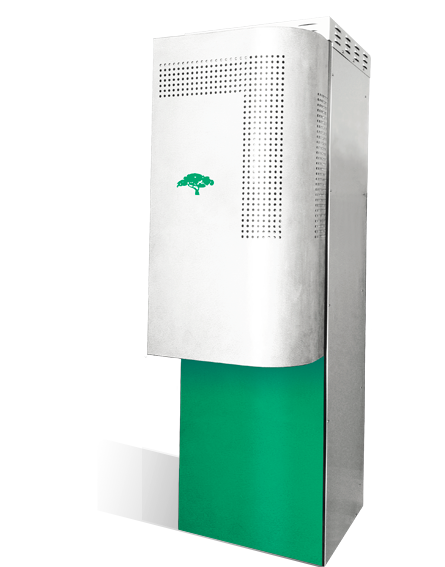batteries
Side Effects of Energy Storage
On 08, Jul 2015 | In PEI Blog | By Derek
By Derek Felschow

Tesla’s Powerwall, an example of a residential energy storage battery system, will allow homeowners to take better advantage of their solar panels by storing the sun’s energy for use later in the day, in addition to serving as backup power during an outage.
The Association of Energy Engineers (AEE) presented the 2015 Energy Management Congress (EMC) in Long Beach, CA June 3-4, 2015. The conference held many insightful seminars, while the trade show displayed a sampling of the latest in green technologies, both focused on energy efficiency and energy management. If you want to lower your energy bill or catch up with the latest technologies, this is the place to be! I found the most interesting topic of the event to be energy storage because these systems can have significant effects outside the buildings that use them.
Electrical energy storage is a hot topic these days because renewable power is growing, and electricity demand is on a different schedule than the sun and wind. For example, PV (photovoltaic, or solar) panels produce the most power at noon when the sun is most intense, but the grid has a high spike in demand when people come home after work and cook, turn on lights, use electronics, etc. Renewable power generation capacity will eventually grow so much that energy storage will be necessary to bridge the gap between power generation and use. Other advantages to energy storage include a cleaner and more reliable grid. With costs coming down, we are going to see a lot more energy storage in the future. According to the Energy Storage Association Facts & Figures web page, market research firm IHS predicts there will be annual energy storage installation of 6 gigawatts (GW) in 2017 and over 40 GW in 2022, up from 0.34 GW installed in 2012 and 2013.
Batteries, gravity, compressed air, and ice are some energy storage solutions that are changing the energy landscape. One common application of these techniques is to shift electrical demand on the grid to off-peak times to save money for a building owner. (The utility charges higher electricity rates to compensate for generating additional power at peak times during the day when buildings are running at full load). To accomplish this shift, the systems are charged at off-peak times or with renewable power, and the stored energy is used during peak times to reduce load on the utility.

Green Charge Networks’ GreenStation battery system.
One specific example is Green Charge Networks’ GreenStation battery system, which is a modular unit that can be scaled to various power needs. These charge during off-peak times and discharge during peak times to avoid the peak electricity rates. The system has proven useful for saving 7-Eleven money during their rush hours, especially on July 11 when they hand out free Slurpees.
A disadvantage of transferring energy back and forth to a storage system is that the processes are not 100% efficient, so you don’t get back all the energy you put in. I started to wonder if a conference focused on saving energy should showcase these technologies that waste a small amount of energy as well as require additional materials and energy to create the products themselves. Discussing it further with my coworker, Alexis Karolides, she pointed out that reducing the peak demand during the day can help keep additional power plants offline (peaking plants). These are often coal- or gas-fired, so allowing them to stay off is a huge benefit, which I would expect to outweigh the consequences of the additional energy the storage systems require. I have not been able to find any numbers on this subject but would love to hear more if someone can share further insight.
Another great aspect of keeping peaking plants offline is saving all the water required to cool their systems. Noah Mundt from DNV GL spoke about the relationship between water and energy in his presentation called “The Water-Energy Nexus.” He pointed out that on average, for every gallon of water that a person uses directly (sink, shower, dishwasher, etc.), there are three gallons used indirectly. This is due to the fact that treating water requires a lot of energy, which requires water to cool the power plant producing that energy. This means water savings = energy savings, and vice versa. Therefore, keeping those power plants offline and saving that water also saves the energy used to treat that water, which saves the water used to cool the power plant that generated that energy…and so on. Again, I would expect this indirect effect of saving energy and natural resources outweighs the inefficiencies of energy storage systems.
This thought exercise should remind us that everything is connected, and many energy efficiency and energy management solutions may have bigger consequences, or benefits, outside of the systems themselves. In our efforts to be green, we must always remember to look at the bigger picture to ensure our solutions are creating the desired effect of reducing our energy and resource demands for the world and not just for one building.

